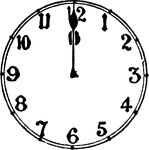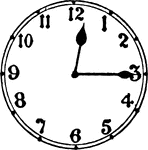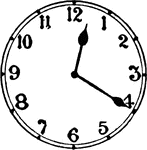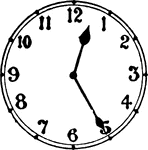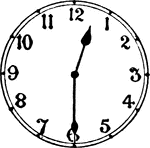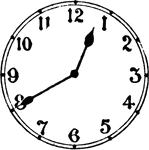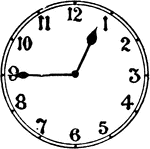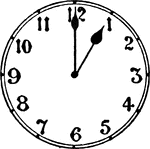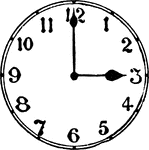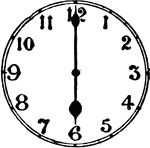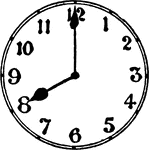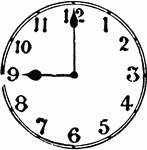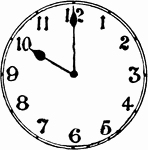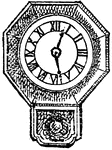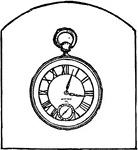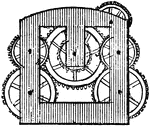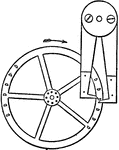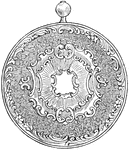
Quarter Clock
"The front view of a large quarter clock of Sir E. Beckett's design, with all the wheels on the great…

Clock Tower
The Bergues Clock Tower. Bergues, a town in the Department of Nord, France, on the Colme river.

Modern Clock-Case
This Modern clock-case had a hanging-case intended for both weight and pendulum clocks.

Leaf Finial
The finial is an architectural device, typically carved in stone and employed to decoratively emphasize…

Finials
The finial is an architectural device, typically carved in stone and employed to decoratively emphasize…
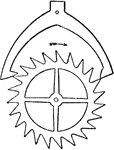
Anchor Escapement
In horology, the recoil or anchor escapement is a type of escapement used in pendulum clocks. An escapement…
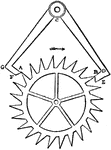
Deadbeat Escapement
The deadbeat has a second face on the pallets, called the 'locking' face, with a curved surface concentric…
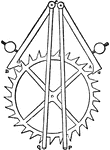
Mudge's Gravity Escapement
A gravity escapement uses a small weight or a weak spring to give an impulse directly to the pendulum.…

Bloxam's Gravity Escapement
A gravity escapement uses a small weight or a weak spring to give an impulse directly to the pendulum.…
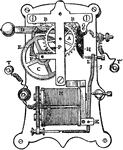
Electrical Remontoire
An electrical remontoire can be either a gravity or spring type. In it, the weight or spring is rewound…

Recoiling Escapement
A piece in clocks and watches that converts rotational motion into oscillation, as in a pendulum.

Deadbeat Escapement
A piece in clocks and watches that converts rotational motion into oscillation, as in a pendulum.

Châtelaine Watch
The chatelaine watch is designed to fit in a pocket. It is designed with decorative chains.
Chatelaine Watch
The chatelaine watch is designed to fit in a pocket. It is designed with decorative chains.
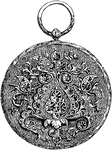
Pocket Watch
This pocket watch has a unique design on its back of leaves and circles. The circular handle at the…
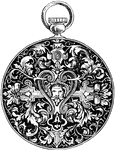
Pocket Watch
This pocket watch has a unique design of a figure head in the center and scrolls of leaves all around.…
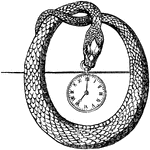
Brooch Watch
This brooch watch is designed to be pinned on a garment. It shaped in a snake that is formed into a…
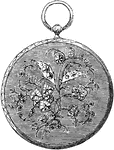
Pocket Watch
This pocket watch has a simple floral design. The circular handle at the top of the watch allows it…
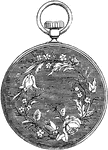
Pocket Watch
This pocket watch has a simple floral design. The circular handle at the top of the watch allows it…
